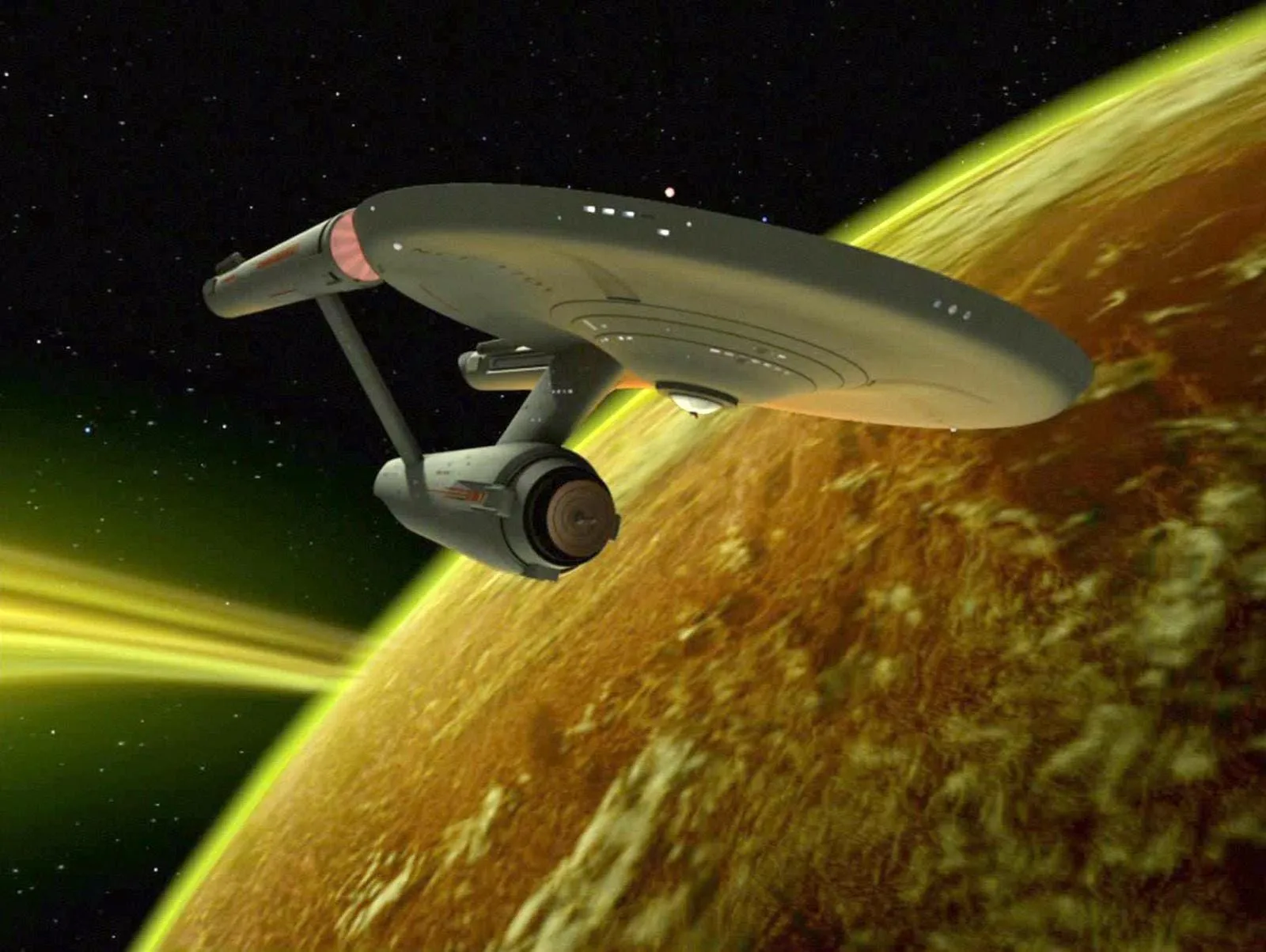Navigating the Shift from Private to Public Blockchains for Tokenized RWAs

The Rise of Tokenized Real World Assets (RWAs)
In recent years, the concept of tokenized real world assets (RWAs) has gained traction in the cryptocurrency landscape. These digital representations of tangible assets offer unique benefits like fractional ownership and improved liquidity. However, the infrastructure supporting RWAs faces significant challenges.
Limitations of Private Blockchains
Private blockchains have inherent drawbacks that limit their applicability for asset tokenization:
- Centralization restricts control and accessibility.
- Lack of interoperability complicates integrations with other networks.
- Constrained innovation stifles the potential for new applications.
The Role of Public Blockchains
Public blockchains are essential for creating an open ecosystem that supports interoperability and innovation.
- Enhancing interoperability allows different blockchain networks to communicate.
- Facilitating real world assets to be tokenized efficiently.
- Launching initiatives like Blockrock BUIDL that leverage the strengths of public infrastructure.
Case Studies: UBS Tokenize and Franklin Templeton Tokenised MMF
Recent initiatives from UBS Tokenize and Franklin Templeton Tokenised MMF exemplify how public blockchains enable broader access to investment opportunities while promoting fractional ownership
This article was prepared using information from open sources in accordance with the principles of Ethical Policy. The editorial team is not responsible for absolute accuracy, as it relies on data from the sources referenced.